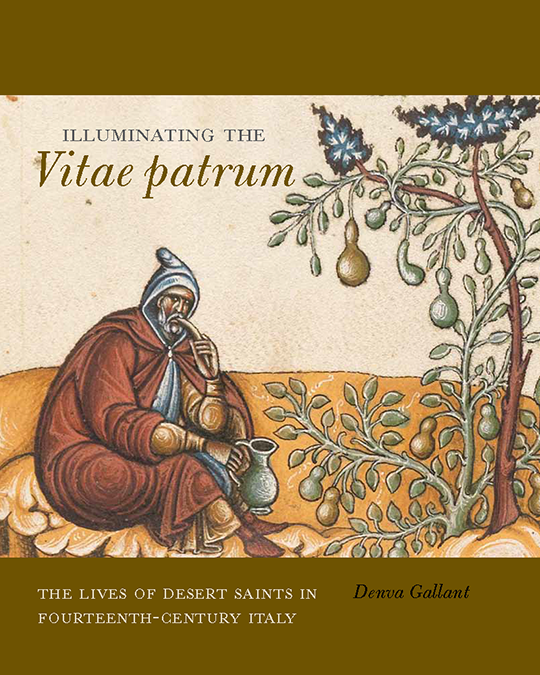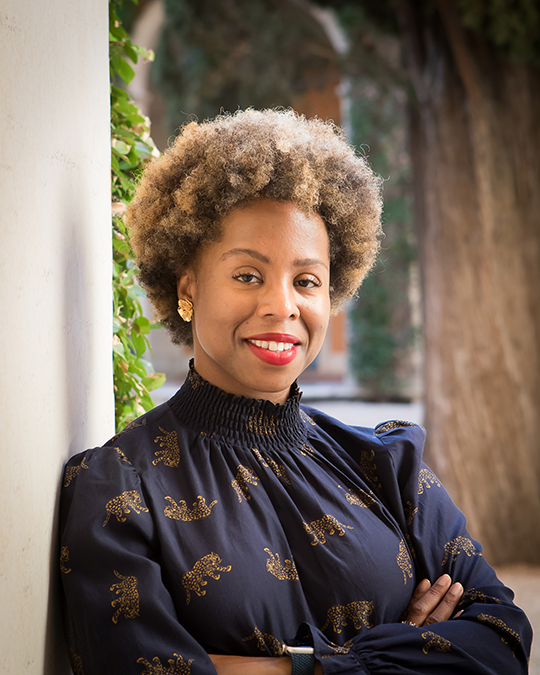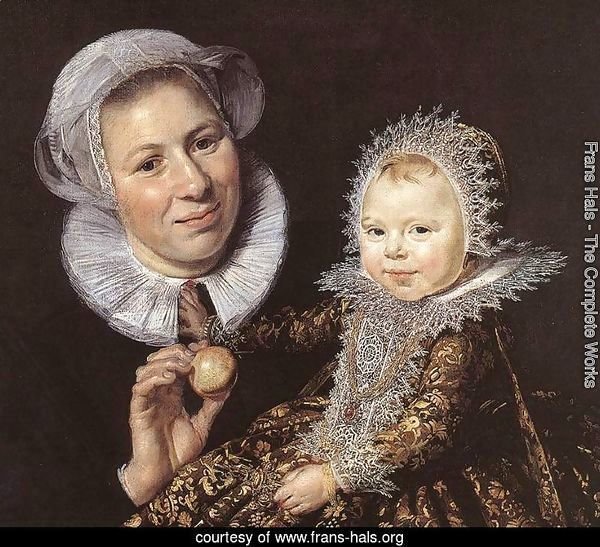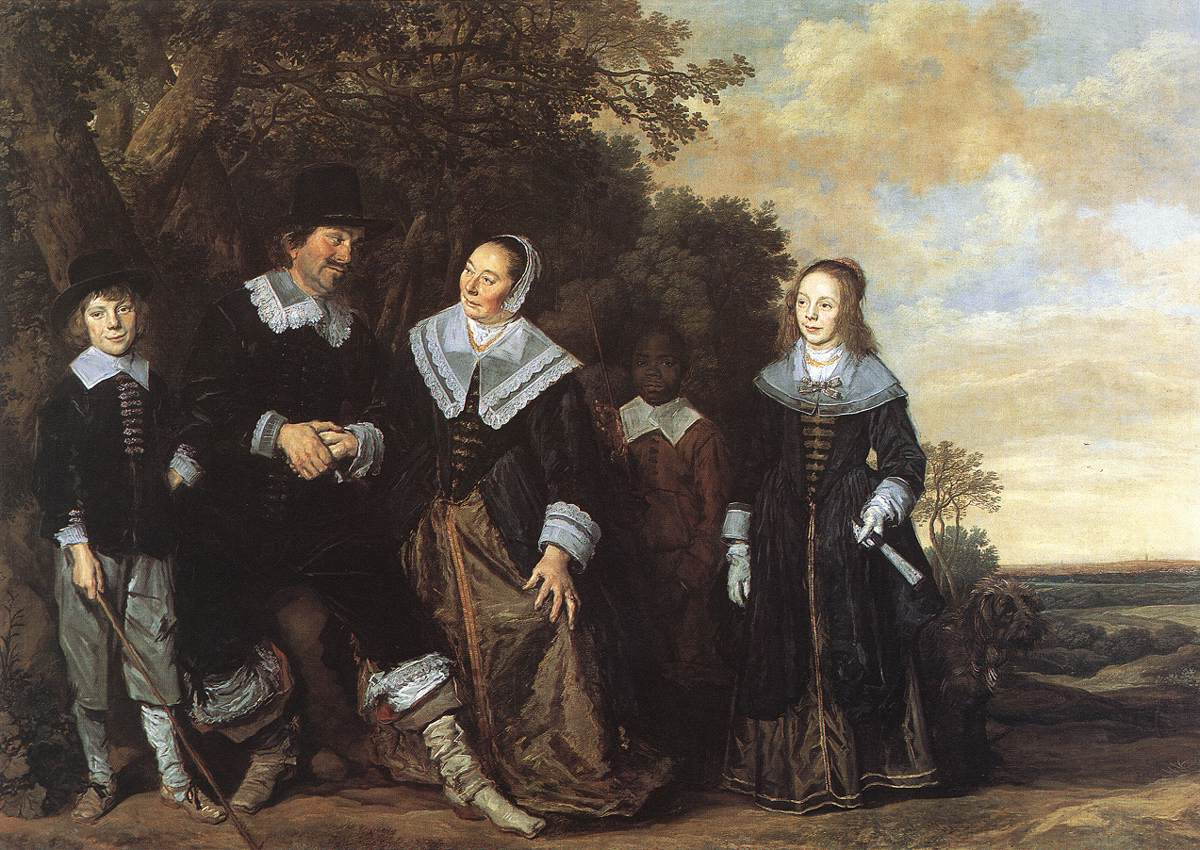Sharp angles, alienating perspectives, oppressive frames. The painter Max Beckmann uses all kinds of techniques to manipulate the space in his paintings. The painted picture surface is his domain; through painting, Beckmann gets a grip on reality, which for him consists of physical but also spiritual dimensions. With his unique imagination of space, he is one of the most idiosyncratic and unique artists of the twentieth century. In the exhibition Universum Max Beckmann, Kunstmuseum The Hague examines – for the first time – the painter's oeuvre based on his imagination of space.
Universe Max Beckmann
Max Beckmann (1884-1950) fills his paintings with images and meanings that cannot be immediately unraveled; a special visual language, which he develops based on countless sources (literature, religion, mythology) and his own observations. His paintings are charged, intellectual, spiritual. But the German-born Beckmann is just as much a sophisticated 'man of the world' who incorporates the influences of modern times into his work. He immerses himself in contemporary forms of entertainment: the magical world of theater, circus and cinema are important impulses. Technological developments in the film literally offer new perspectives; developments that he follows closely, and are recognizable in the way in which Beckmann himself comes to view the world. Fragments from some influential productions from this time can be seen in Universum Max Beckmann .
In his paintings, Max Beckmann follows the traditional genres of painting: portraits, still lifes, landscapes (including sea and city views) and mythological and historical scenes. The innovative and modern aspect of his work therefore lies not so much in his choice of subject, but rather in his elaboration of it. By taking elements from that reality and rearranging them in his performances, he gains a grip on the world around him.
Especially the way in which he represents, or actually manipulates, space is unique. From the early monumental, traditional compositions to sharp frames, angular and alienating perspectives, stacks, cut-offs and striking formats. Feverish performances sometimes, with countless objects and figures in often defined, oppressive spaces. Perspectives that are not separate from the artist's life and resonate with the turbulent Europe during and between two world wars. Are Beckmann's paintings a reaction to the changing society? Are they processing his own experiences, during the war or later, when he fled Germany?
After formative periods in Weimar
, Berlin and Florence, and after the traumatic experiences of the First World War, Max Beckmann's reputation grew rapidly. In the interwar period he was based in Frankfurt. His work is published and exhibited, he teaches at the prestigious Städelschule, and he regularly travels to Paris or Berlin. A room with his work in Berlin's National Gallery – an honor that no other living artist deserves – is the crowning achievement of the work.
However, when the National Socialists seized power in 1933, Max Beckmann's success began to crumble. There is no room for his progressive, modern painting in the Germany they envision. Beckmann loses his appointment at the Städelschule, 'his' hall of honor in Berlin is vacated, exhibitions of his work no longer take place. With the painful exception of the exhibition of 'degenerate' art – a comprehensive overview of what art, according to the National Socialists, should not be. He flees Germany with his wife Quappi, never to return.
They travel to the Netherlands, where he is fairly well known and has painted several seascapes: Scheveningen, Zandvoort, places of which he cherishes fond memories. From there he wants to move on to Paris, or better yet: New York. He sees a future there for him and his wife. Interest in his work is also growing there. But they are overtaken by reality: due to the outbreak of the Second World War, further travel is no longer possible. The artist was forced to settle in Amsterdam, where he was able to move into a house with a studio on the Rokin.
This forced 'isolation' leads to the most productive phase of Beckmann's life. Here, in the Netherlands, during this period, he perfected his now recognizable formal language. Alienating compositions, in which the picture plane is completely filled; ambitious compositions, imposing sizes, figures and objects crammed together. The painter paints his paintings in bright colors that contrast strongly with the typical, heavy contours.
While the world is in chaos, Beckmann continues to paint. The right contacts ensure that he can still sell his canvases in wartime, especially to collectors in Germany and the United States. The acclaimed painter had less success in the Netherlands - it was only at the end of the war that the Stedelijk Museum Amsterdam acquired the important double portrait of Beckmann and his wife.
After the war, Beckmann managed to emigrate to the United States. He received an appointment at Washington University in Saint-Louis, later also in New York. Here he receives the recognition that he might have received earlier under other circumstances: as one of the leaders of modern, Western European painting. He died in New York in 1950.
Max Beckmann and Kunstmuseum The Hague
Max Beckmann has a unique position in Western European art history. His expressive paintings and focus on the inner suggest a debt to German Expressionism. His vision of painting, which in his view cannot be anything other than figurative, also characterizes an alliance with new realistic trends after the First World War, the returns a l'ordre . Movements that traditionally form important core collections of Kunstmuseum The Hague.
Between 1921 and 1926, the museum acquired five lithographs by Max Beckmann from the period 1921-1923; the first purchases of his work in the Netherlands. Only after his death, in 1956, was a major retrospective of his work shown in The Hague. That year, the museum acquired the first painting by Beckmann for the collection: Small café, revolving door (1944). In 2021 it was able to add a second painting: Bathers with a green changing cabin and skippers with red trousers, painted in 1934 after a visit to the Dutch coast.
Universe Max Beckmann shows a cross-section of the oeuvre of a unique painter. The exhibition shows the world through the eyes of Max Beckmann, who gives meaning to the chaos of the modern world around him with a special, personal visual language and idiosyncratic representation of space.
Catalog
The exhibition is accompanied by a richly illustrated catalog with contributions from, among others, Daniel Koep (Head of Exhibitions, Kunstmuseum The Hague), Thijs de Raedt (Curator, Kunstmuseum The Hague), Oliver Kase (Head of Modern Art, Pinakothek Munich) and Vera de Lange (Film historian). The catalog is published by Waanders.
Images
Max Beckmann, Bathers with green changing cabin and skippers with red trousers, 1934. Oil on canvas, 80 x 60 cm. Art Museum The Hague, purchased with financial support from the Rembrandt Association, the Mondriaan Fund, VriendenLoterij, Kunstmuseum Fund and the Mondriaan Business Club.
Max Beckmann, Reclining Nude with Dog, 1927. Oil on canvas, 67 x 47 cm. Museum Wiesbaden
Max Beckmann, The Soldier's Dream, 1942. Oil on canvas, 90 x 145 cm. Hilti Art Foundation, Vaduz
Actors, 1941-1942, oil on canvas (triptych), right part 199.4 x 83.7 cm, Harvard Art Museums/Fogg Museum, Cambridge, MA, Gift of Lois Orswell.






.jpeg)




_-_WGA11053.jpg/800px-Frans_Hals_-_Banquet_of_the_Officers_of_the_St_George_Civic_Guard_(detail)_-_WGA11053.jpg)










